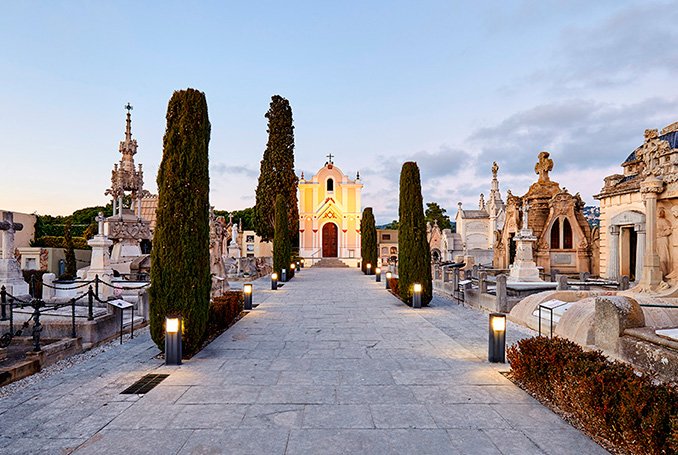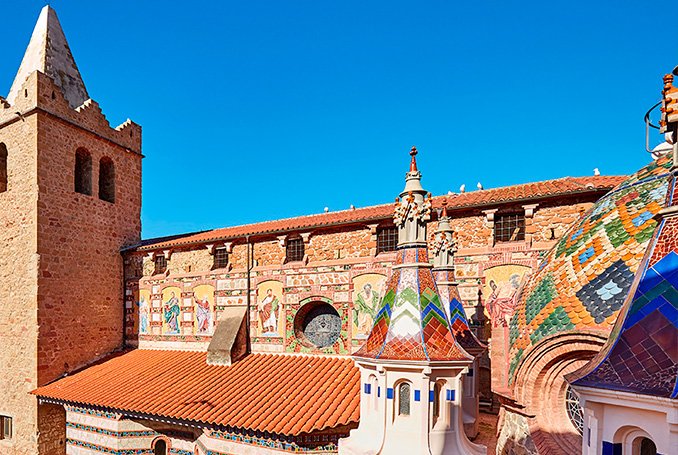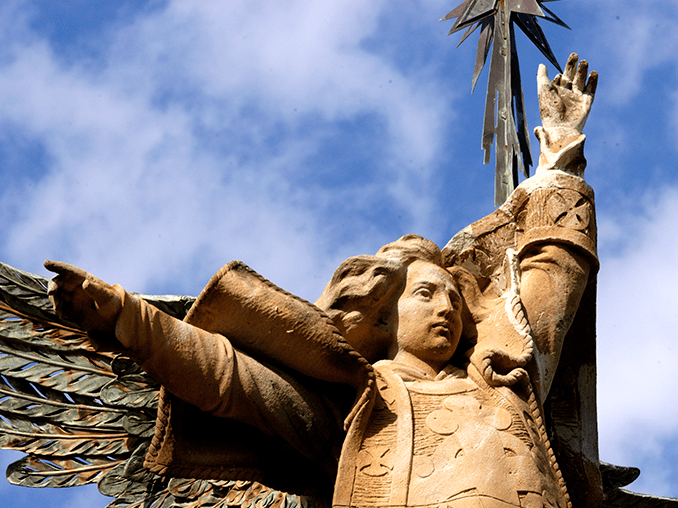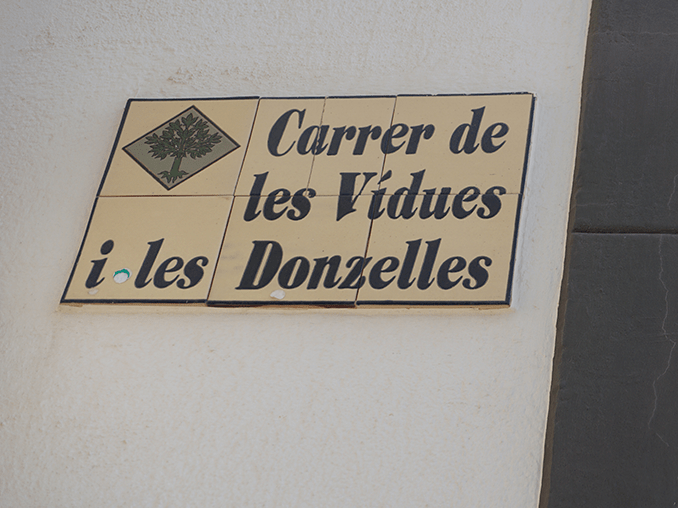Before tourists discovered the beauty of Lloret de Mar’s beaches and coves, the city already nurtured a close bond with the sea. Firstly, as a fishing village and, secondly, through overseas trade.
In the middle of the 18th century, many sailors from Lloret travelled to the Americas in search of fortune. These were the ‘Indianos’, or ‘Americanos’, as they were called in Lloret de Mar.
In the year 1778, King Charles III of Spain enacted the Decree of Free Trade with the American colonies, giving many the push they needed to embark on this adventure. During this period, large ships began to be built on the beaches of Lloret. They were destined for the Americas, where many people from Lloret managed to amass a fortune.
Explore the Route of the Americans of Lloret de Mar
Download the results
We send you the PDF file with your results to your email in order to save or print. * When printing, select the "Background graphics" box to view the content correctly.












